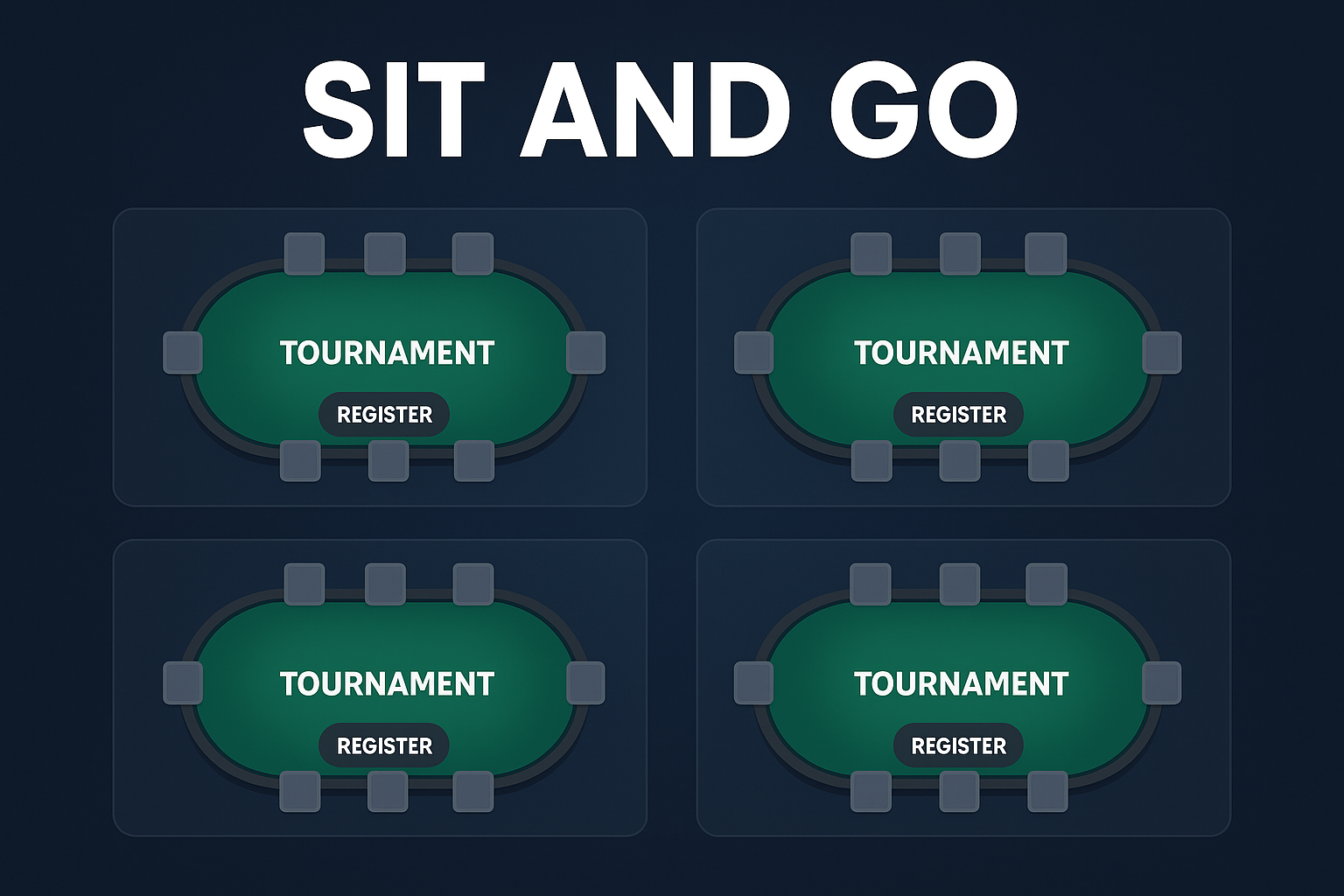Tomasz Stanczak, Co-Executive Director of the Ethereum Foundation: ERC-8004 and EIP-2 are key cornerstones of the Ethereum AI agent economy
PANews reported on October 22 that at the ETHShanghai 2025 main forum, ETHPanda co-founder Bruce Xu and Ethereum Foundation co-executive director Tomasz Stanczak held a fireside chat.
Tomasz Stanczak stated that in the future Ethereum-dominated economy, the system will be even more permissionless. Anyone can deploy AI agents to participate in the local economy and make payments by building credibility and trust, significantly reducing reliance on the traditional financial system. Agents can provide users with a set of standards for connecting to global infrastructure, facilitating project construction, supporting schools and construction, and coordinating improvements to global infrastructure. This approach is more efficient than traditional banking or currency transfer systems and avoids the risks of centralized institutional control.
He revealed that emerging standards such as ERC-8004 and EIP-2 have garnered attention from some major institutions. ERC-8004 is a proxy functionality standard, covering identity, reputation, and claim verification, and serves as the foundation for core proxy functionality. EIP-2 is a payment standard, defining how proxies request payments from other proxies. While these standards are still in their early stages, they present significant opportunities for exploring proxy functionality, reputation systems, and verification mechanisms, allowing for future expansion and optimization of applications. Meanwhile, payment reliability and integration with existing systems remain challenges. In the next year or two, more infrastructure solutions will emerge, making it easier for institutions to deploy proxies and connect them to payment systems, significantly improving the user experience.
In terms of community support, the Ethereum Foundation promotes standard setting through decentralized teams and connects data, business, and developer communities. The Foundation also supports developers through summer schools and global initiatives, with a particular focus on AI and agents. It helps founders, developers, academics, and businesses connect, conduct market promotion, and coordinate communities.
Regarding the Chinese community, Tomasz Stanczak also stated that the West attaches great importance to the region's innovation potential, which presents a significant opportunity for global collaboration. He encouraged developers interested in AI and Ethereum to join community discussions and jointly promote technological development.
You May Also Like

Best Sit and Go Poker Sites – Where to Play SNG Poker Tournaments in 2025

A whale hoarded 3,195 Bitcoins in three hours, worth approximately $356.6 million.
